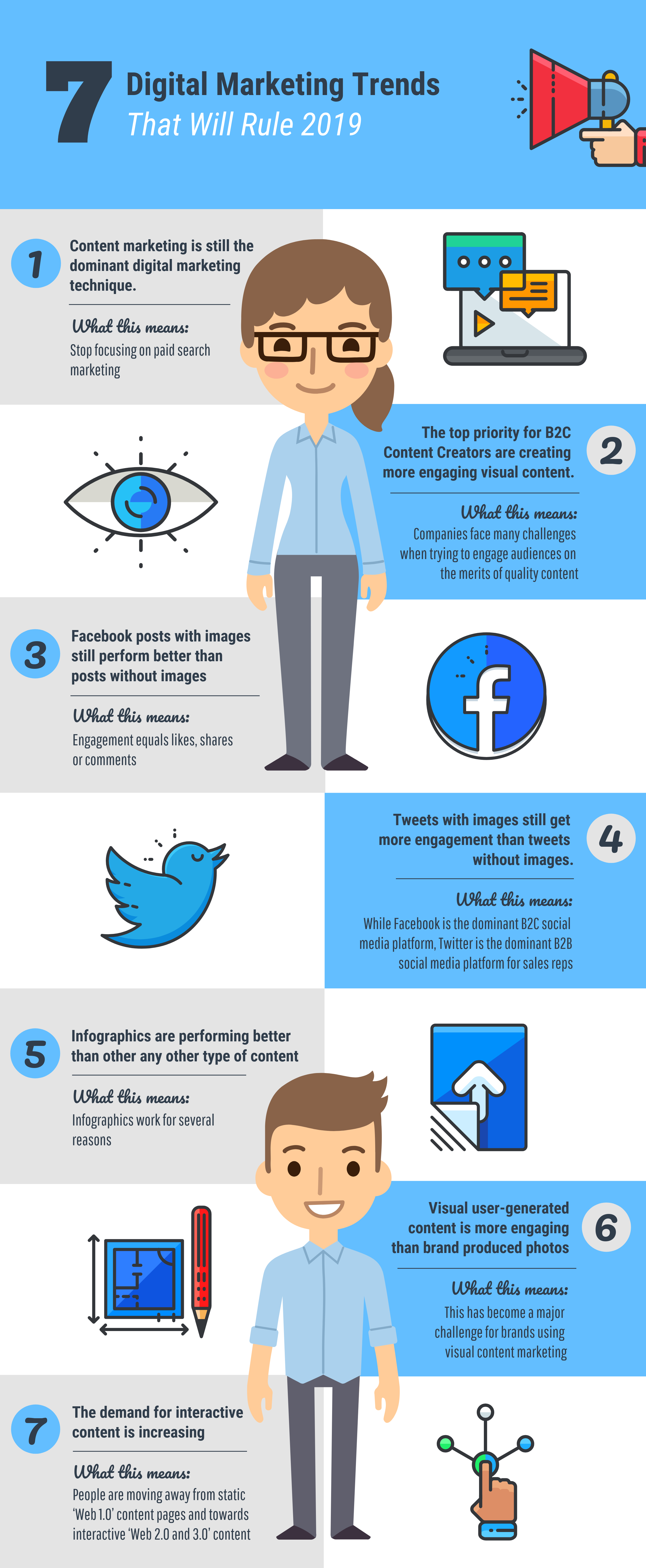The Evolution Of Pediatric Dental Care: Past, Present, And Future Trends
The Evolution Of Pediatric Dental Care: Past, Present, And Future Trends
Blog Article
Write-Up Created By-Pilgaard Josefsen
As you discover the detailed journey of pediatric dentistry, tracing its development from the past to the here and now and glimpsing right into the future, you'll discover a tapestry woven with advancement and care. From historical milestones to existing trends and future opportunities, the landscape of pediatric oral treatment is ever-changing and packed with potential. Ready to uncover the tricks of how this area remains to adapt and prosper, making certain brighter smiles for generations to find?
Historic Milestones in Pediatric Dentistry
Throughout background, pediatric dentistry has actually seen considerable advancements and landmarks that have actually shaped the field right into what it's today. please click the next document was the establishment of the first dental college in 1840, where dentistry started to be identified as a specialized area requiring certain knowledge and skills. As the field advanced, the early 20th century saw the intro of oral X-rays, transforming diagnostics and therapy planning for pediatric clients. Additionally, the growth of fluoride therapies in the mid-20th century considerably enhanced preventive treatment and reduced the prevalence of tooth decay in children.
Dental Hygiene in pediatric dental care was the development of the American Academy of Pediatric Dentistry in 1947, which aimed to promote optimal oral health for kids. This organization played an essential function in establishing standards for pediatric oral care and advancing research study in the field. These historical landmarks laid the structure for modern pediatric dental care, highlighting the relevance of specialized look after children's dental wellness.
Current Trends in Pediatric Dental Treatment
Integrating innovative innovation and individualized precautionary methods, modern pediatric oral care continues to adapt to the progressing requirements of young individuals.
The adhering to trends display the present landscape of pediatric oral treatment:
1. ** Digital Dentistry **: Digital impressions, 3D imaging, and CAD/CAM innovation are transforming the method pediatric dental experts identify and deal with oral wellness problems in youngsters. These advancements boost accuracy, efficiency, and person convenience throughout dental procedures.
2. ** Tele-Dentistry **: With the surge of telemedicine, tele-dentistry has actually emerged as a practical means for pediatric dental professionals to supply examinations, follow-ups, and even certain treatments remotely. This approach boosts access to care, especially for individuals in country or underserved locations.
3. ** Preventive Emphasis **: Pediatric dentistry now positions a more powerful emphasis on safety nets such as sealants, fluoride treatments, and very early orthodontic treatments. By advertising good dental health routines and regular dental gos to from a young age, practitioners aim to avoid oral issues prior to they escalate.
Future Technologies in Pediatric Dentistry
Looking ahead, pediatric dentistry is positioned to present cutting-edge modern technologies and ingenious approaches to even more boost the dental health care of young people.
One interesting development on the horizon is the use of 3D printing in producing custom dental home appliances like braces and mouthguards, supplying a much more specific and comfortable suitable for youngsters.
In addition, virtual reality (VR) technology is being checked out to help in reducing oral anxiousness in young people by offering immersive distractions throughout procedures.
Nanotechnology is another location of interest, with the potential to create nanomaterials that can remineralize teeth and protect against tooth cavities better.
Tele-dentistry is also gaining traction, allowing for remote appointments and surveillance, which can particularly benefit kids in country or underserved areas.
In addition, hereditary screening may soon play a role in individualized preventative care, recognizing youngsters's tendencies to certain oral health and wellness conditions.
These advancements symbolize an interesting future for pediatric dentistry, guaranteeing boosted results and experiences for the youngest dental clients.
Conclusion
As you assess the development of pediatric dental care, remember that advancements in innovation and customized treatment continue to form the area.
Imagine a child called Emily, that benefited from a 3D printed dental device that completely fit her special demands, guaranteeing her comfort and oral wellness.
The future of pediatric dentistry holds amazing opportunities, using innovative solutions to improve the dental experiences of young clients like Emily.
